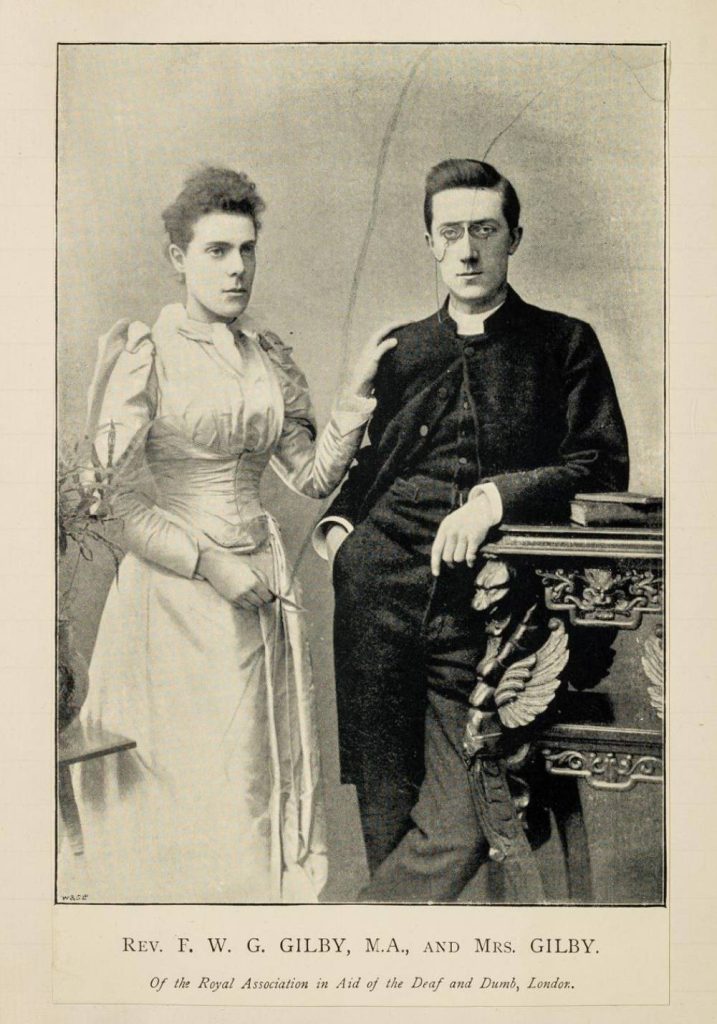The Charles Booth Archives at LSE Library contain the story of London’s first church for the deaf. St Saviour’s Church, Oxford Street was opened in 1875 by the Association in Aid of the Deaf and Dumb, and led by Reverend Frederick Gilby, who delivered sermons using sign language.
Charles Booth’s notebooks reveal all manner of information about London and Londoners in the late 19th century. Typed up in one of the notebooks is the story of a visit by Ernest Aves, one of Booth’s researchers, to St Saviour’s Church at 419 Oxford Street.
The church had been opened on the corner of Oxford Street and Dudley Street in 1875. Its foundation stone was laid by Edward, Prince of Wales and his wife Princess Alexandra, who herself had a hearing impairment.

The church was the headquarters of the Association in Aid of the Deaf and Dumb, now known as RAD — the Royal Association for Deaf People. The royal connection was strengthened in 1876 when Queen Victoria became the Association’s patron.
Originally the Association had been founded with both religious and occupational aims. Aves’ report lists some of the trades which deaf people were apprenticed into with Association’s help, including french-polishing, tailoring and other types of work.

A good deal of apprenticing done; for males, the chief trades are french polishing, cabinet making, tailoring and shoe-making. For females dress-making.
Frederick W G Gilby was the Chaplain who led the church. He was the child of deaf parents. Attracting an audience from all over town, Gilby’s services were delivered using sign language. “The sign-language therefore is his mother tongue” is a quote from a brief biography of Gilby and his wife Lucy, pasted into Aves’ notebook.

The services are silent, except that Mr. G often vocalizes as he preaches, and always does this when there are strangers present. The singing is done by gesture. Mr G is an enthusiast for this method of expression
There’s also a nice photo of them both:

The church moved to a new venue in Acton in 1925 until it closed in 2014. The congregation continues to gather at other sites. Later in life, during travels abroad, Gilby founded the Jamaica Association for the Deaf in 1938.
Finally, the quote used in the title of this piece is taken from a section of Aves’ notes called “Opinions”:
Mr G is most anxious to get help in dealing with mutes from people who are not mutes; separateness is harmful
Read the full report on Charles Booth’s London and explore Charles Booth’s Archive on LSE Digital Library
BBC correspondent Emma Tracey wrote a really interesting blog about the church’s closure
There’s also a great page about the church, old and new, on the History of Place website, including a terrific video interview with a couple of the congregation.



